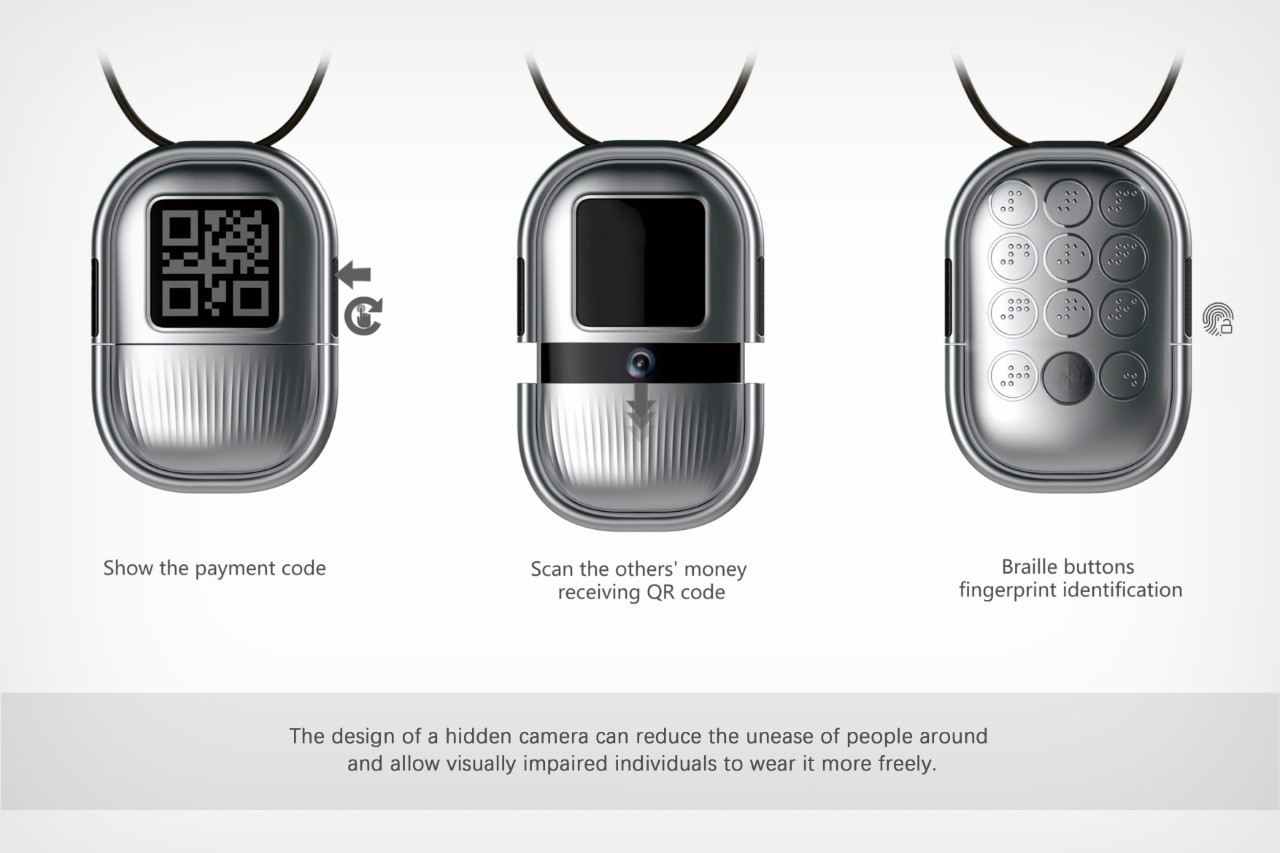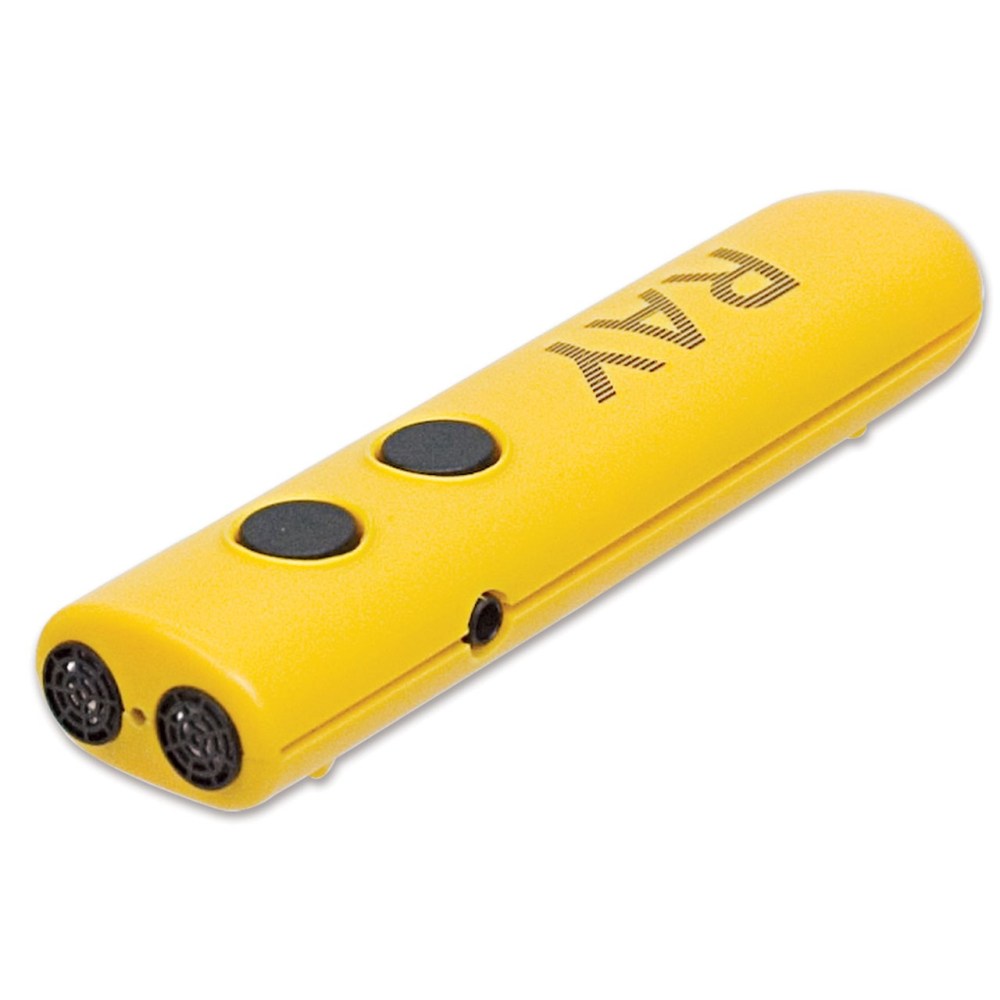Empowering Self-reliance With Assistive Innovation for the Blind
The integration of assistive technology right into the lives of people with visual problems stands for a significant innovation in promoting self-reliance and self-sufficiency. From cutting-edge screen readers to advanced clever canes, these tools not only enhance daily navigation and interaction however additionally equip users to involve meaningfully in numerous elements of life. As we explore the myriad benefits and real-world applications of these technologies, it ends up being essential to take a look at the underlying variables that add to their efficiency and the capacity for future developments in this essential area.
Introduction of Assistive Innovation

The growth of assistive innovation is grounded in concepts of inclusivity and empowerment. Technologies in software application, equipment, and sensory enhancements give individuals with options customized to their details needs. From display readers that transform message to speech, to tactile tools that share information through touch, these devices transform the means people involve with their surroundings.
In addition to functional applications, assistive technology fosters greater social incorporation and engagement in various industries, consisting of education and learning and employment (AI-powered visual aids). As r & d remain to evolve, the potential for assistive technology to better improve the lives of aesthetically impaired people stays encouraging, paving the way for a much more equitable society where everyone can flourish
Kinds of Assistive Instruments
A range of assistive gadgets have arised to support individuals with aesthetic problems, each designed to meet particular demands and enhance everyday functioning. These gadgets vary from low-tech solutions to state-of-the-art innovations, offering diverse choices for users.
Low-tech devices include magnifiers and large-print products that help in reading and writing. Braille devices, such as Braille slates and stylus pens, allow responsive reading and interaction. Orientation and movement help, like white walking sticks, assist customers navigate their setting securely.
On the higher end of the range, digital magnification systems and display visitors offer considerable assistance. Digital magnifiers permit customers to expand text and pictures on displays, while screen readers convert digital material right into manufactured speech, promoting accessibility to info on computer systems and smart devices.
Mobile phone applications additionally play a critical role, offering attributes like message acknowledgment and navigating support. Wearable innovation, such as wise glasses equipped with augmented reality, is becoming an appealing tool to boost situational awareness.
Benefits of Assistive Innovation
The integration of assistive technology dramatically enhances the lifestyle for individuals with visual problems. These innovations empower customers by advertising independence, enabling them to navigate their environments better and perform everyday tasks with greater convenience. For circumstances, display viewers and magnifying software application allow people to access digital information, promoting professional and instructional possibilities that might have formerly been out of reach.
Furthermore, assistive devices such as Going Here smart walking canes and GPS applications give real-time navigation help, improving mobility and security. This boosted freedom not only boosts self-confidence however additionally urges social interaction, allowing individuals to get involved even more totally in their areas.
Assistive modern technology likewise assists in communication, helping users get in touch with others through voice acknowledgment and text-to-speech applications. This ability is important for preserving connections and accessing critical details.
In addition, the customization choices offered with lots of assistive technologies make sure that customers can tailor gadgets to their specific requirements, additionally improving functionality and efficiency. blog In general, the advantages of assistive modern technology for individuals with visual disabilities are profound, promoting an extra inclusive culture where every person can seek their goals and ambitions.
Instance Studies and Success Stories
Highlighting the transformative impact of assistive technology, countless situation research studies illustrate just how individuals with aesthetic impairments have actually successfully incorporated these tools right into their every day lives. One compelling instance entails an university trainee that used display analysis software application to browse on-line sources and academic products successfully. This innovation not just promoted her education however additionally enhanced her confidence in taking part in discussions and group projects.
Another study includes an expert that uses a smartphone application designed for navigating and item acknowledgment. By utilizing this app, he has reclaimed autonomy in both his individual and workplace, enabling him to commute individually and involve with colleagues much more effectively.
In addition, a retired person shared her experience with braille e-readers, which allowed her to access a vast range of literature and remain gotten in touch with her community via publication clubs.
These success stories underscore the crucial function of assistive technology in promoting self-reliance, improving quality of life, and advertising social integration for people with visual disabilities (Assistive technology for the blind). By embracing these cutting-edge tools, customers can conquer obstacles and seize chances that contribute to their expert and personal fulfillment

Future Trends in Assistive Modern Technology
Technology in assistive innovation is poised to redefine the landscape of go to website support for individuals with visual impairments. Emerging trends stress the combination of expert system (AI) and machine understanding, which enhance the capability of devices that help with navigation and information availability. AI-driven applications are now capable of interpreting visual information in real-time, enabling individuals to involve with their setting more individually.
Furthermore, the advancement of wearable technology is progressing rapidly. Smart glasses geared up with enhanced reality (AR) can give audio descriptions of environments, changing how individuals communicate with public areas. These devices not just advertise autonomy but additionally foster social incorporation.
Furthermore, the Net of Things (IoT) is making homes smarter, permitting smooth connectivity in between assistive tools and everyday appliances. This connection equips individuals by making it possible for automatic responses and voice-activated controls tailored to private requirements.
Conclusion
To conclude, assistive modern technology plays a pivotal role in empowering individuals with aesthetic problems by improving their independence and involvement with their surroundings. The diverse range of tools and applications readily available not just facilitates navigation and communication but also promotes social integration and possibilities for personal and specialist development. As improvements continue in this field, the capacity for boosting the lifestyle for those with aesthetic impairments will certainly expand, cultivating greater autonomy and empowerment.
